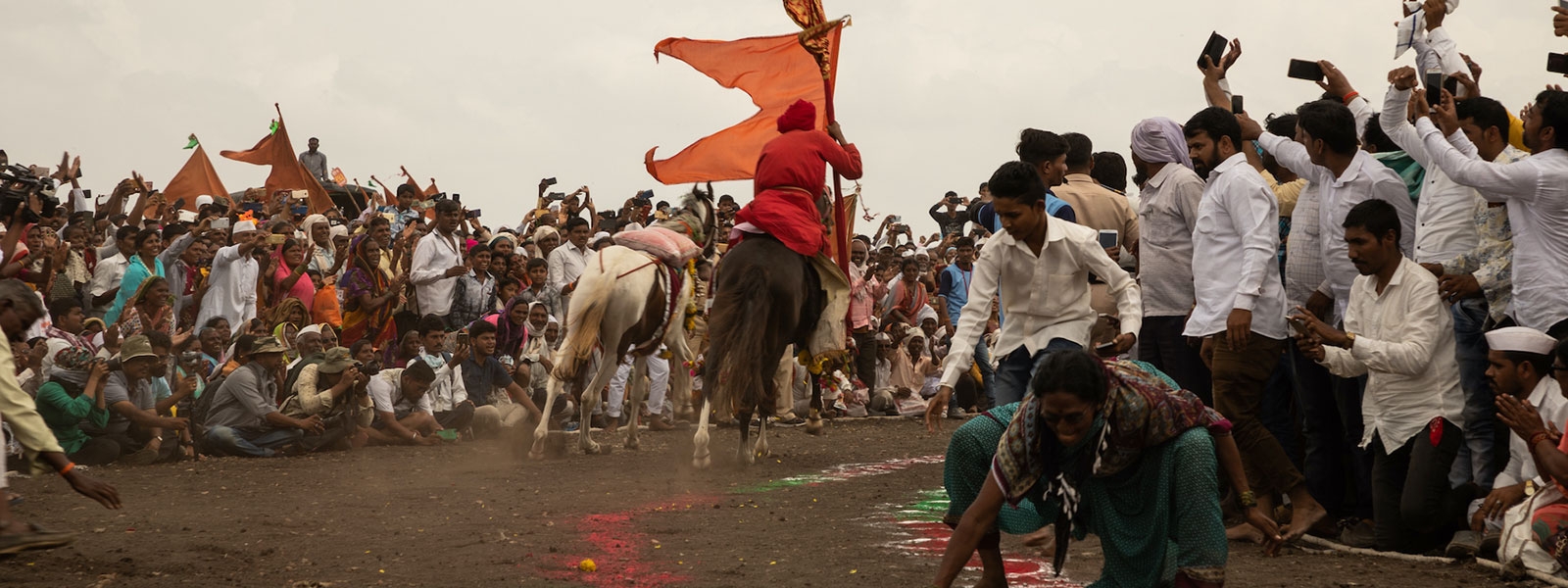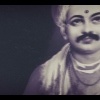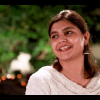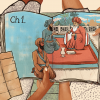Outline of Project
Sahapedia’s project to document sites, literature and living traditions associated with Bhakti and Sufism was initiated with support from Bajaj Autos Pvt. Ltd. under their CSR programme (March 2019–December 2020). Field visits were conducted in Tamil Nadu, Karnataka, Andhra, Maharashtra, Rajasthan and Himachal Pradesh. Using the documentation in university classrooms was part of the project mandate, and we are grateful to Shivaji University, Kolhapur, and Babasaheb Ambedkar Marathwada University for giving us the opportunity to interact with their students and discuss questions of inter-religious interactions, text and oral tradition, and what these traditions meant for women and for different castes. For middle-school students, we took stories from Tamil, Telugu, Marathi and Hindi, and produced an e-book and narrations inspired by the dastangoi tradition, which were piloted at Alma Mater School, Jodhpur.
Documentation across Regions
The discourse of Bhakti emerged between the sixth and seventh centuries CE, and of tasawwuf (Sufism) in the ninth century, though some ideas identified with them may have lineages extending further back. Though both are distinct in terms of points of inception as also doctrine, in South Asia their adherents have developed languages of communication and spaces for interaction. Both encompass diverse and evolving concepts, doctrines and practices that relate to the desire to bond with the divine. This may take the form of solitary seeking or collective celebration; it may be expressed through poetry with a personal signature, or embodied in practice shared with a community.
Sahapedia’s project is a preliminary step towards tracing how meanings are renewed in different periods by different groups of people. Extensive in approach, the project conveys some of the wealth of thought and experience associated with these traditions—stories of deities and devotees, poetry, performance, ritual, festivity, pilgrimage, and the vocabulary in which the relation of divinity to humanity is formulated.
Different aspects assumed prominence in different regions. In Tamil Nadu, the documentation centred on temples—sites of contact between human and divine, as seen in the songs composed about them, in stories of exemplar devotees, in descriptions of the deity’s manifestation for the sake of the worshippers, and in the rituals people participate in daily. In Karnataka, where some texts reject temple worship as a means to God, the focus shifted to the literary and musical legacies that represent the ideas, beliefs and values of Sivasaranas, Sufis and Dasas. Pilgrimage was captured through the Ashadhi wari, the journey of the Varkaris (a Vaishnava tradition) to the temple of Vitthal in Pandharpur, Maharashtra. The institutionalization of faith through panths and sampradayas is represented through conversations with followers of Dadu and of the Nath tradition in Rajasthan and Himachal. Sites documented in Andhra show how myths, as they became pan-Indic and inspired sophisticated literature, were also in conversation with local narratives.
The material spans a wide range but is necessarily selective. We have members of the Dadu and the Natha sampradaya explain how their tradition of bhakti is nirakari (‘beyond form’), diverging from traditions that attribute form and qualities to the divine. In some regions one tradition has been the primary focus, e.g., the Saiva in Tamil Nadu and Andhra. Yet in the process one hears the voices of others who shared some of their sacred sites, like the Vaishnava Alvars, or acted as interlocutors for their beliefs, like the Jainas.
The five regional groupings are each represented by two photo-essays, one video and an oral history recorded on video. The photo-essays place sites, texts and performances in the context of an idea illuminating one aspect of the relation with the Divine, e.g., how Siva is imagined in iconography and hymns, or how music is a means to address Allah or Vitthala. The video films aim to communicate the lived experience of faith, be it in the embodied, sensory movement of ritual, or the way actors, singers and storytellers enter the voices of the devotees they celebrate. Oral histories of sites and practices interweave legends of deities and of devotees, with familial histories going back generations, observations on changes seen, and on the relation of ‘history’ to successive incarnations of the divine.
See Also…
In addition to the modules with a regional focus, short video films were produced capturing different voices on themes that resonate across traditions: journeys individual and collective, sacrifice, the experience of the encounter with God, forms in which faith finds expression, and the impulse towards inclusivity. From May 2020, Sahapedia convened ‘Bhakti-Sufi Conversations’, an online series where myth, ritual practice and poetry were revisited in the context of environmental crisis and global distress. These videos and webinar recordings may both be viewed on Sahapedia’s YouTube channel.











